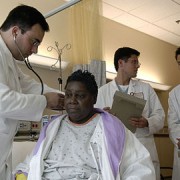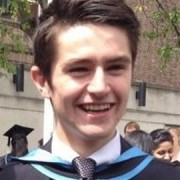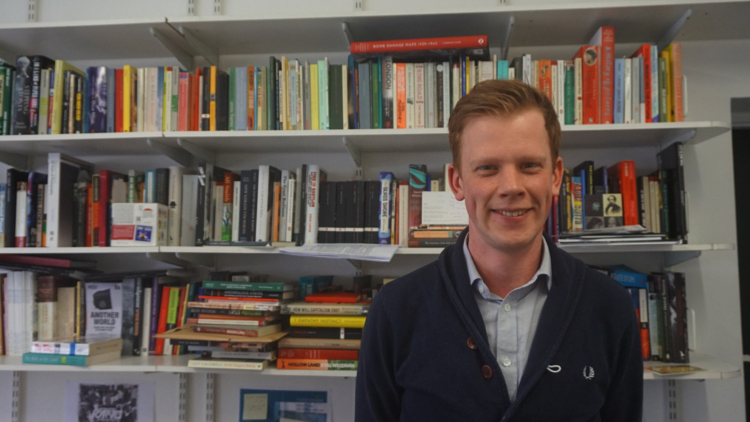
Dr George Legg, co-founder ‘Not A Split Second’ project Pic: Imogen Mills.
The Docklands bomb went off over 20 years ago but its impact is still being felt in the area. Victims are still fighting for compensation and not far from the modern high-rises of Canary Wharf the damaged buildings from that day still stand strong. Now an academic and artist are fighting to tell these victim’s stories.
Dr George Legg and artist Lucy Harrison have set up a project, which will be exhibited from March 31 until April 9 at the Republic Gallery in Poplar, to record the victims’ stories and create a space in which there’s recognition for the impact the bomb had not just in Canary Wharf but on the Isle of Dogs, which has a strong community.
The project features a film in which victims – some with permanent injuries – and relatives of those who died telling their stories. Images from the Tower Hamlets archives and modern pictures also map where the bomb detonated and what the area looks like now.
Legg, a teaching fellow at King’s College, told Eastlondonlines “We hope this project will have an impact in an historical sense, that people will now have access to those memories and these stories. It’s important because a lot of these victims are getting older, one of them died last year, and so their stories are also fading with the passing of time. There’s a sense we wanted to record and recover them before it was too late.”
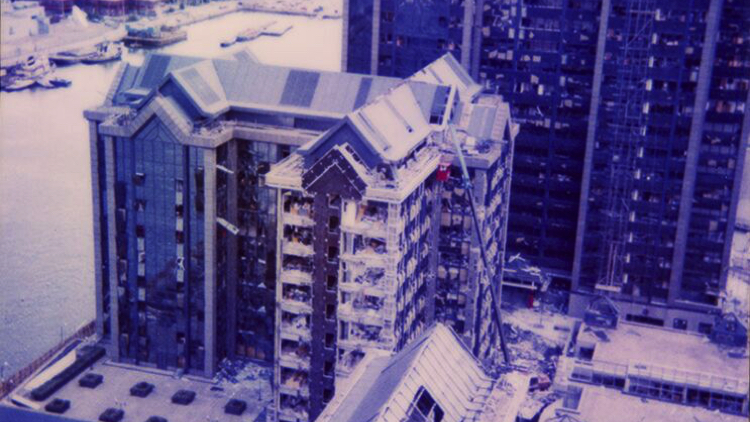
Ariel shot of South Quay Plaza. Pic; Martin Fahey, Head of Building Control, Tower Hamlets.
The bomb was detonated near South Quay station on February 9 1996 at around 7pm. The ceasefire the IRA agreed too had been going for 17 months, and although there had been friction in the negotiations between the British and Northern Irish governments, peace seemed to be underway.
At 5.30pm the IRA phoned in the first bomb warning. There was a sense of frustration within the IRA because they were being excluded from the peace process. Within the IRA and the Republican community, there was a sense that the process wasn’t going in their favour.
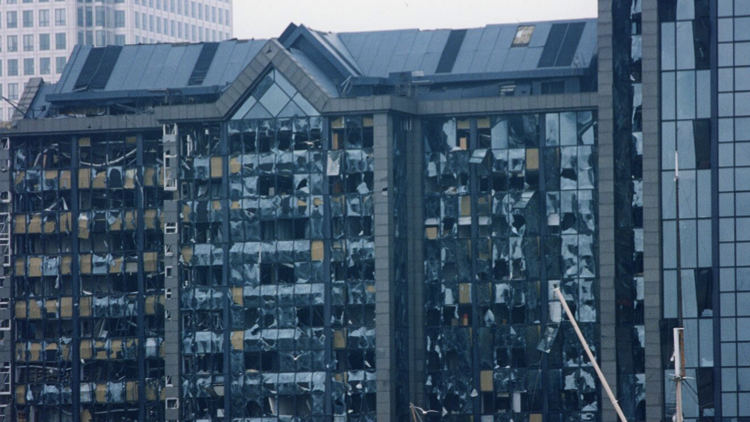
Front of South Quay Plaza. Pic; Martin Fahey, Head of Building Control, Tower Hamlets.
More phone calls were made by the IRA on the whereabouts of the bomb, yet at 7.01pm the explosive went off killing two people and injuring over 100. Eventually, the IRA was invited to take part in the peace process.
Legg said: “There was a lot of confusion in the air, there was uncertainty about where the bomb was if there even was a bomb. There was a sense that this was a hoax because hoaxes had been big in the nineties, another tactic for creating chaos.”
“The phrase that is used in relation to this bomb is it was an example of the IRA successfully bombing its way into the negotiating table. There was a sense that this campaign could go and so we need to bring in Sinn Fein, the political side of the IRA, to the peace negotiations.”
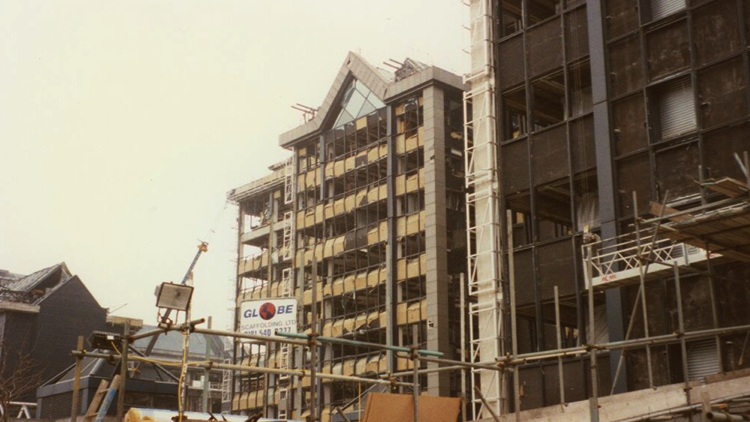
South Quay Plaza after the bombings. Pic; Martin Fahey, Head of Building Control, Tower Hamlets.
It was a young officer, just made sergeant, who finally spotted a suspicious van with Northern Irish license plates. He phoned in the vehicle and told the two people working in the newsagents close to the van to vacate but the two men stayed to lock up.
The bomb weighed around 14,00 kg, the blast was heard and felt throughout the capital. It shook the Canary Wharf tower and damaged the Midland Bank office block and the South Quay Plaza II and I.
The attack quickly became known as the Canary Wharf bombing. Legg continued: “Part of the reason [the local residents] they didn’t get that recognition initially was because the media report focused a lot on Canary Wharf as the target. It was called the Canary Wharf bomb even though the actual tower, Canada Square, wasn’t damaged at all by the blast.”
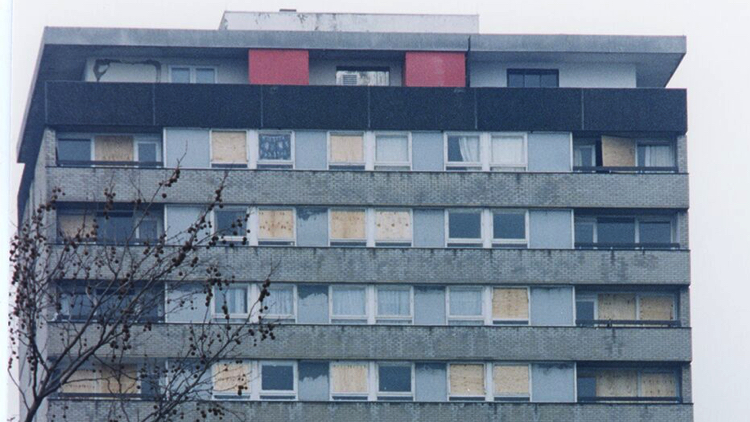
Taken from the Barkantine estate. Pic; Martin Fahey, Head of Building Control, Tower Hamlets.
“The Observer that weekend had an article saying ‘Why Docklands? Why Canary Wharf?’ and saying this was an attack on these financial institutions as a kind of representation of British government and Thatcher’s legacy. It’s interesting that the letters page a few days later in the Independent had letters from local residents saying that it’s more a case of their houses getting damaged.”



